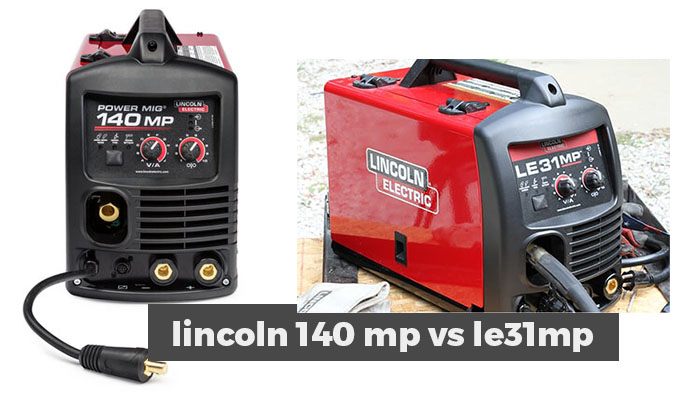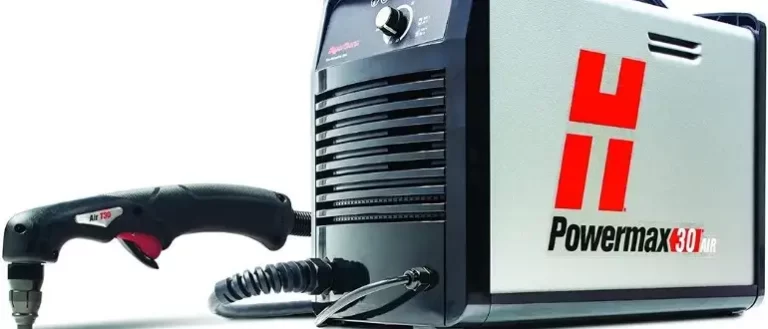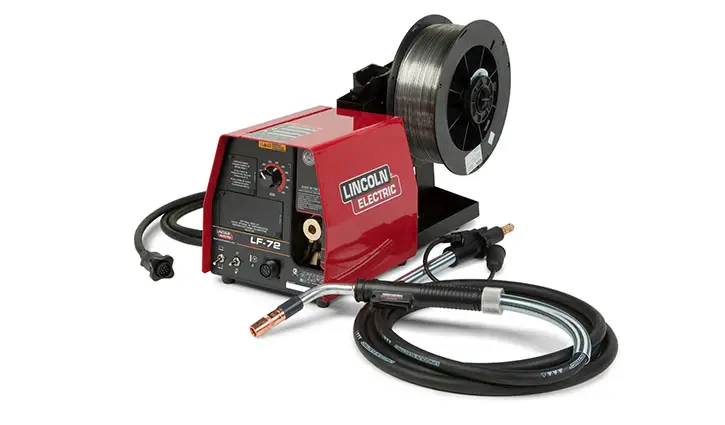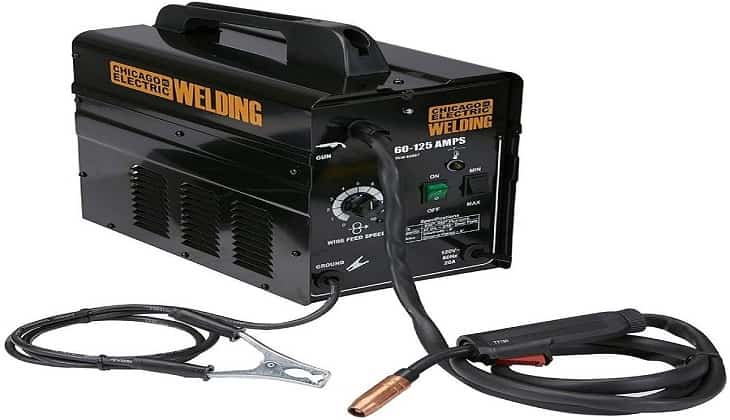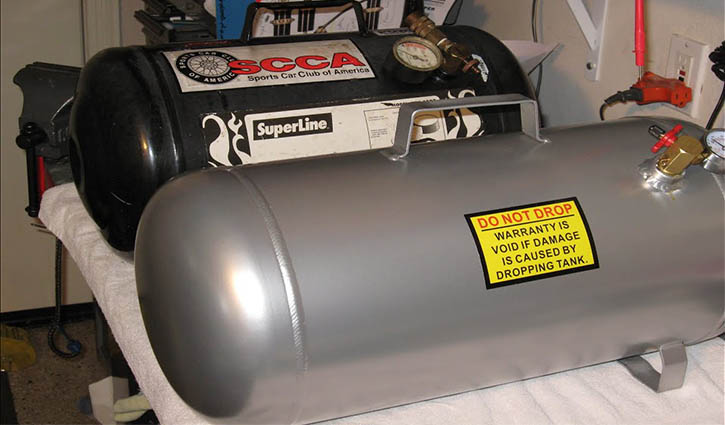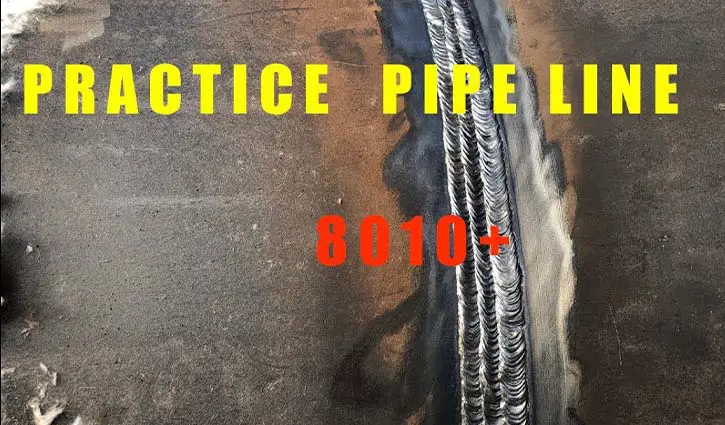3g and 4g Welding: Similarities & Differences You Should Know
The difference between 3g and 4g welding is that they aim at two different positions. The first focuses on the vertical position, while the latter focuses on the up-downhill upright position.
3g welding (also called vertical welding) positions the weld vertically to increase productivity. It includes uphill and downhill positions.
Hence, the 4g position embodies the welding position overhead to improve its search welding results. It is mainly used for butt welds.
How to know which welding position should you go for more to get the best welding output? Let’s jump into it.
Table of Contents
Comparison Table between 3g and 4g welding position
| Welding Positions | 3g | 4g |
| Angle Maintenance | 45 Degree | 90 Degree |
| Starting Point | Bottom | Upper |
| Complexity | Simple | Hard |
| Good For | Butt and Fillet | Butt |
| T-Joint Welds | Both Sides | Single Layer |
What is 3g Welding
3g welding is great for welding metal that is difficult to weld using standard welding techniques. 3g welding is also great for welding metal that has a lot of weld joint penetration.
This means that 3g welding is a great option for welding things like aircraft parts and steel plates. And, the root of the T-joint weld is formed easily while working with an Incomplete penetration.
The 3G welding position is used for welding on the flat surface of a part. The 3G welding position is also known as the “hammer position.” The 3G welding position is good for welding thin-walled parts because it allows you to hold the part close to the workpiece, so you can weld quickly and easily.
Pros and Cons of 3g Welding
What is 4g Welding
The 4g welding position is perfect for those who want to be able to weld in a variety of positions. The 4g welding position provides good access to all areas of the weld.
This is a great position for those who want to be able to weld in a variety of positions and for those who want to be able to weld with both hands-free.
Pros and Cons of 4g welding
Similarities between 3g and 4g welding
Welding is an excellent way to join two pieces of metal together and is a popular choice for many construction and manufacturing projects.
Both 3g and 4g welding positions are used in butt welding. If a welder is qualified in these two positions, then it can be considered that he is qualified for welding in all positions.
Incomplete penetration is easy on both 3g and 4g welding. While working with the 3g position, the penetration is done from the root of the T-joint. And, for the 4g welding position which is also called the overhead welding position, the poor weld formations are easy to cope with.
3g and 4g welding positions are the most used position by reputed welders around the world. Though, each one has its own benefits and down backs. One needs to choose accordingly.
Differences between 3g and 4g welding
Many differences can be seen between 3g and 4g welding positions. They are different from each other on many points.
We will go through every point that differentiates between 3g and 4g positions. Let’s have a look at the key points.
Metals: In the 3g welding position the pool metal falls because of its weight. On the other hand, metal falls in a 4g position due to its gravity. So, it’s a key point to make a difference between them.
Strip Transportation: The electrode transportation is vertical in a 3g position. And, Overhead transportation is used in the 4g welding position.
T-Joint Welding: While using the 3g position, the welder must keep an appropriate residence time on every side. But in the 4g position, the welder has to adopt a single-layer residence.
Positioning: 3g welding is called vertical welding which is generally used in production. And, 4g welding position is often called the overhead position.
So, these are the key differences between 3g and 4g welding.
3g or 4g welding: Which one should you choose?
3G welding is a type of welding using a gas-fired arc welder. It is used to join metals that have a low melting point, such as aluminum. You can go for 3G welding when you have small, short-run projects.
4G welding is a type of welding using a gas-fired arc welder. It is used to join metals that have a high melting point, such as steel. 4G welding is usually used for large, long-run projects.
So, if you are running small projects, then you should prefer 3g welding. And, if you are working on long-run projects you should go with 4g welding.
FAQs
A welder must be qualified by passing a test before working in 3g and 4g welding positions.
There is also a certification process of these welding positions.
3g is being used for butt and fillet welding. While 4g is used for butt welding.
Verdict
3g and 4g welding positions are the most popular positions in welding. And, The use of welding in the construction and manufacturing industries has achieved significant growth in recent years.
Also, 3G and 4G welding are popular positions for welding because of their flexibility. They offer a variety of welding positions and can be used for a variety of welding applications.
So, 3g and 4g welding positions already seem like a lot to work on. Choose them according to your needs.

